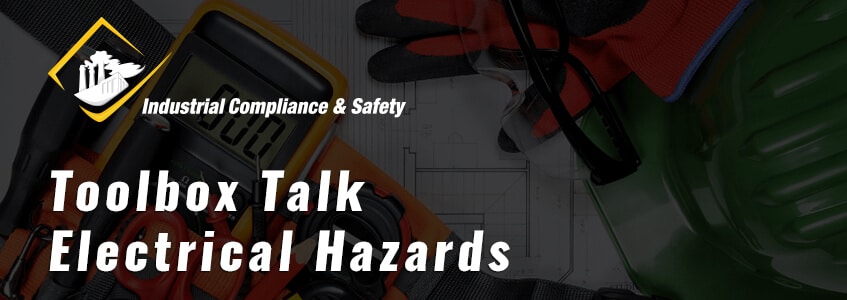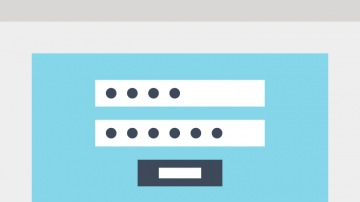Construction sites have a great capacity for electrical hazards. Electricity is used as a power supply for tools, for lighting, and for the operation of machinery. Additionally, electricity exists as infrastructure that runs through walls, underground, and in suspended power lines. Essentially, electricity is all around us, and if we aren’t careful we can face the risk of electrocution.
Dangers of Electrical Hazards
Construction sites are full of hazards. Everyone working in construction should have thorough safety training and be prepared before entering a job site. Electrical hazards are one of many that can cause severe injury to you or your crew. Electrocution is the core concern with electrical hazards on construction sites. Electrocution occurs when your body is exposed to an unprotected electrical current. Electrocution is especially dangerous because it can cause loss of consciousness. If a worker is in a precarious position, this loss of consciousness can result in a fall or other physical accident.
In today’s Toolbox Talk, we will take a close look at the different ways we can receive an electric shock, as well as ways to avoid electrical hazards.
Guidelines for Safety Discussion:
Causes of Construction Site Electrical Hazards
There are several sources on construction sites that have the potential to create an electrical hazard. Some of the top causes of construction site electrical hazards include:
- Defective power tools
- Defective extension cords (frayed, worn-down insulation)
- Overloading a switch or overriding a by-pass
- Forgetting to ground electrical equipment
- Close contact with live electric lines
- Contact with power overarching from high power lines
- Colliding into high power lines with heavy equipment (cranes)
Ways to Mitigate Construction Site Electrical Hazards
There are electrical hazard control measures that should be taken to help prevent serious injuries on any job site. Some things you can do to avoid electrical hazard injuries include:
- Inspect tools and equipment for frayed cords, damaged housing, and defective plugs before use.
- Never use a power tool that has had the ground plug removed - inspect the plug.
- Never stand in water and operate a power tool without insulated footwear and other company-mandated PPE.
- Keep extension cords out of water when in use.
- Consider all power lines “live” and avoid contact with them.
- Disconnect all electrical tools and cords when not in use.
- Make sure that all temporary/onsite lighting is equipped with bulb covers.
- Make sure all power supplies, circuit boxes and breaker boxes are properly marked to indicate their purpose.
- Make sure that all your tools/equipment are compatible with the voltage of your sockets.
- Use Ground Fault Interrupters (GFI’s) on all job sites.
You can also protect yourself by using your auditory and tactile senses while working with electrical equipment. Be alert for any unusual sounds and sensations; overheated or dysfunctional equipment can result in electrocution and electrical fires. If you are working with any electrical equipment while in a precarious physical position (such as scaffolding, atop a crane, etc.), use all other mandatory PPE (such as a safety harness) to ensure that if electrocution does occur, you are not at risk for other physical hazards.
In addition to the preventive measures noted above, every construction company should have standard safety protocol and procedure that they follow. Proper training and education on electrical hazards is one of the most important steps in preventing serious injuries. Industrial Safety & Compliance is here to help.
Additional Discussion Notes:
At the end of this Toolbox Talk, go over the company policy regarding your grounding program and the installation of the ground fault interrupter system. Name any responsible employees/departments.
Download a Printable Version of This Toolbox
Looking for a PDF downloadable version for you to print off for your employees? We've got printable versions here for all of our Toolbox talks if you sign up for our newsletter!
Disclaimer
The information contained within this document (both the online and downloadable version) is provided for informational purposes only. Nobody shall take this as a comprehensive or exhaustive resource on this topic. This material is believed to be accurate, however, the information has been compiled from multiple sources, and so Industrial Compliance & Safety assumes no responsibility for the accuracy of this information. We encourage you to consult experts about this specific Toolbox Talk to ensure you are compliant with any and all safety regulations and processes. In no event does the content of this document supersede any applicable local, state, or federal statutes or regulations.





